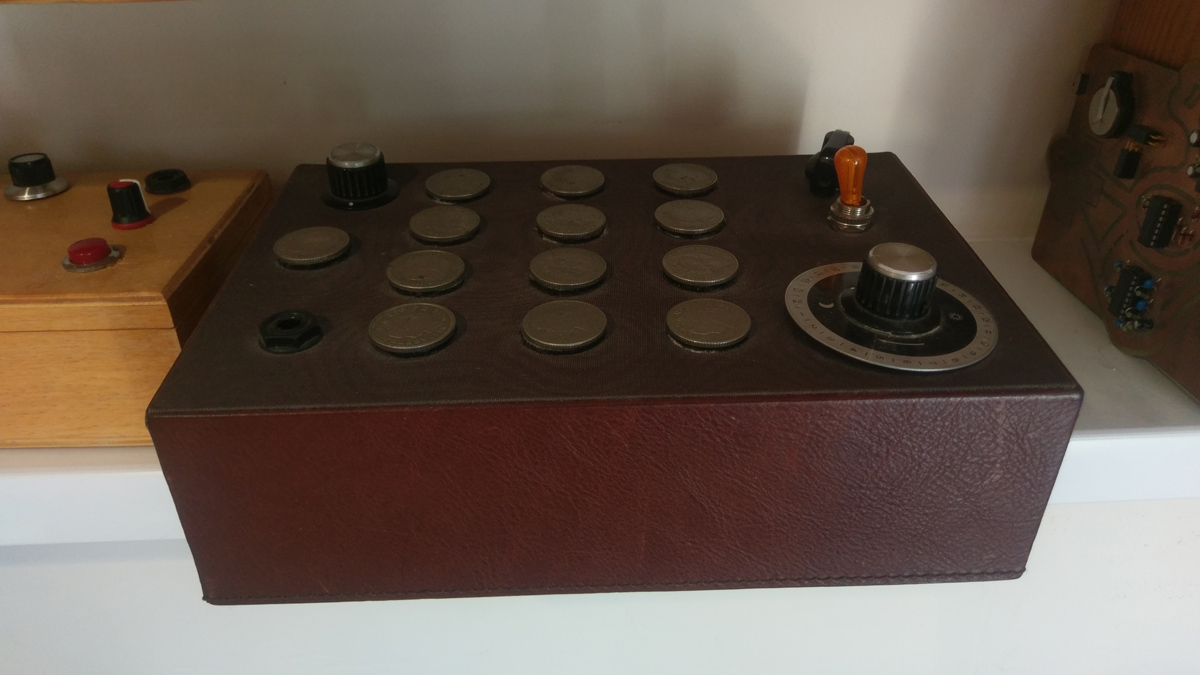Me in my studio: Crewdson
Meet the Eggiophone, Chromehatic and Concertronica
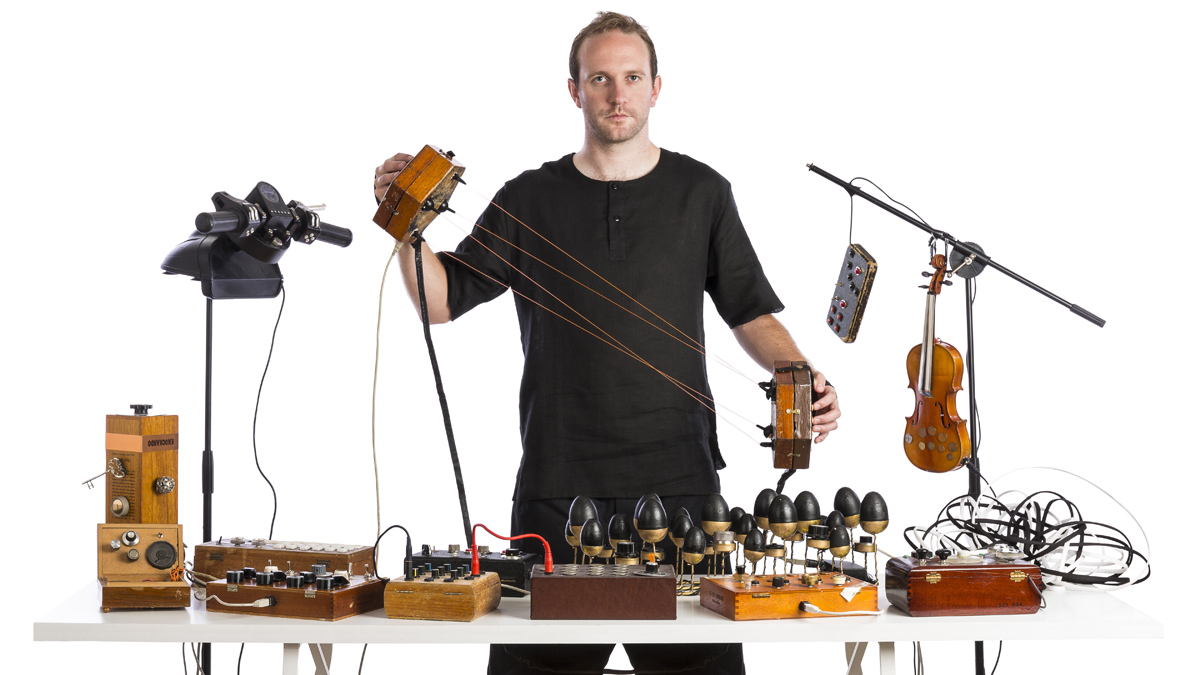
Welcome
It’s hard to know where to start when considering the career of producer, composer, musician and instrument builder Crewdson (AKA Hugh Jones).
He announced his arrival on the post-dubstep scene in 2011 with debut album Gravity, and has gone on to remix for other artists and release more of his own music as part of electronic soul duo Eckoclick.
Beyond that, he’s worked closely with Matthew Herbert, both in the studio and on stage, written music for fashion shows and provided tech support for one Thom Yorke. And that’s before we even get to his work with The New Radiophonic Workshop.
It’s not just music that Crewdson makes, though: it’s also the instruments he uses to create it. As he released TOYS, his new album, on Slowfoot Records, we asked him to tell us about some of his weird and wonderful creations, as well as the more conventional gear that graces his studio.
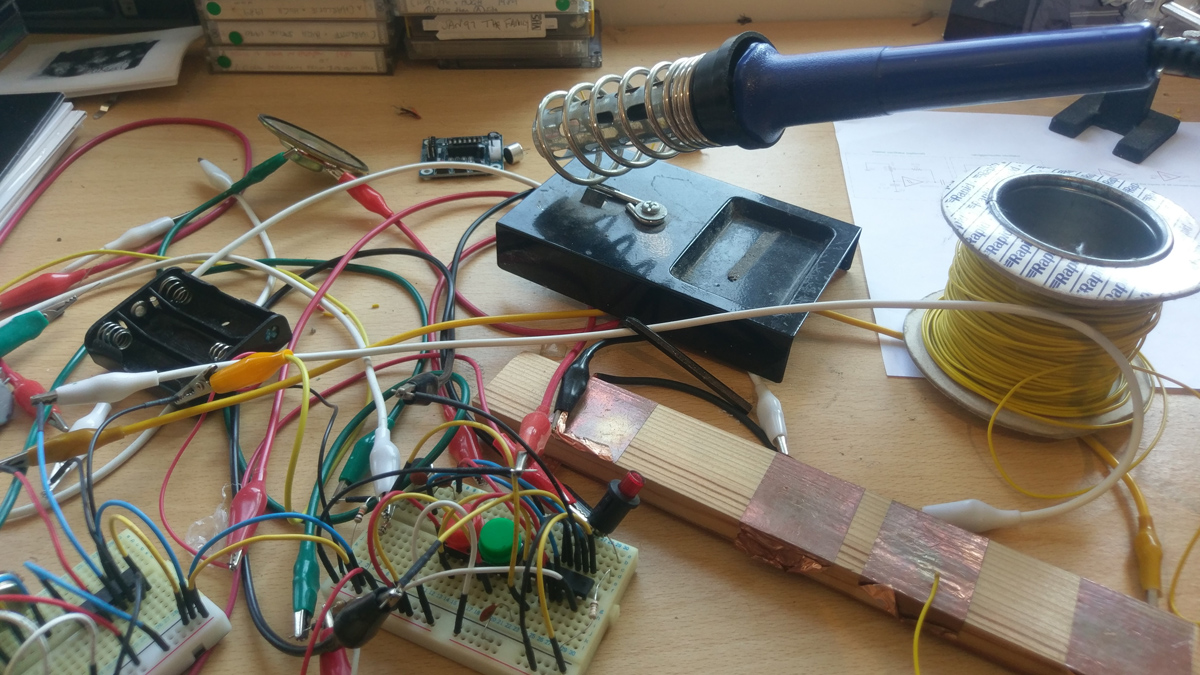
1. Soldering iron
“The most important piece of equipment in my studio. It needs no introduction, of course, but for me this bit of gear is just as vital for sparking my creativity as a keyboard, guitar or bit of sampling software. In fact, more so, as it lets me build things that are unique for me to use either in the studio for writing or on the stage for performing.”
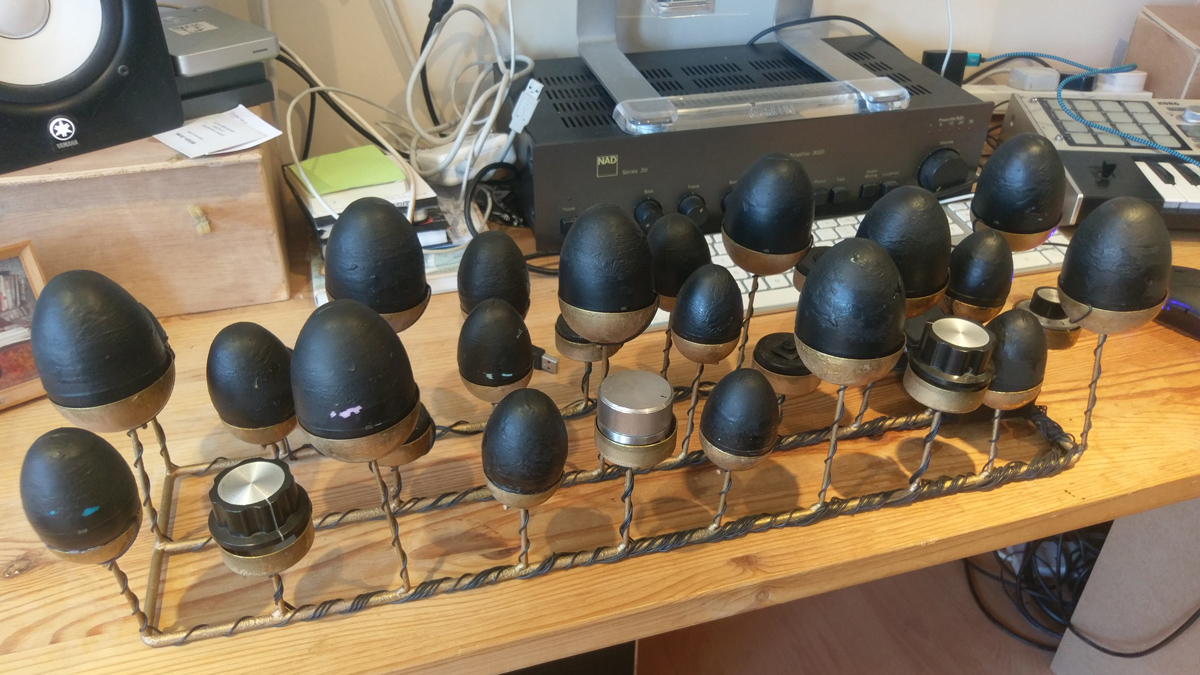
2. The Eggiophone
“This is a MIDI controller instrument that I built. I had built lots of controllers with buttons, knobs, sliders etc, which are all great for triggering sounds or FX, but I still needed to take a MIDI keyboard to gigs with me for playing melodic lines. It felt like a shame so I built this.
“It’s a chromatic instrument; each egg plays a different MIDI note when you touch it.”
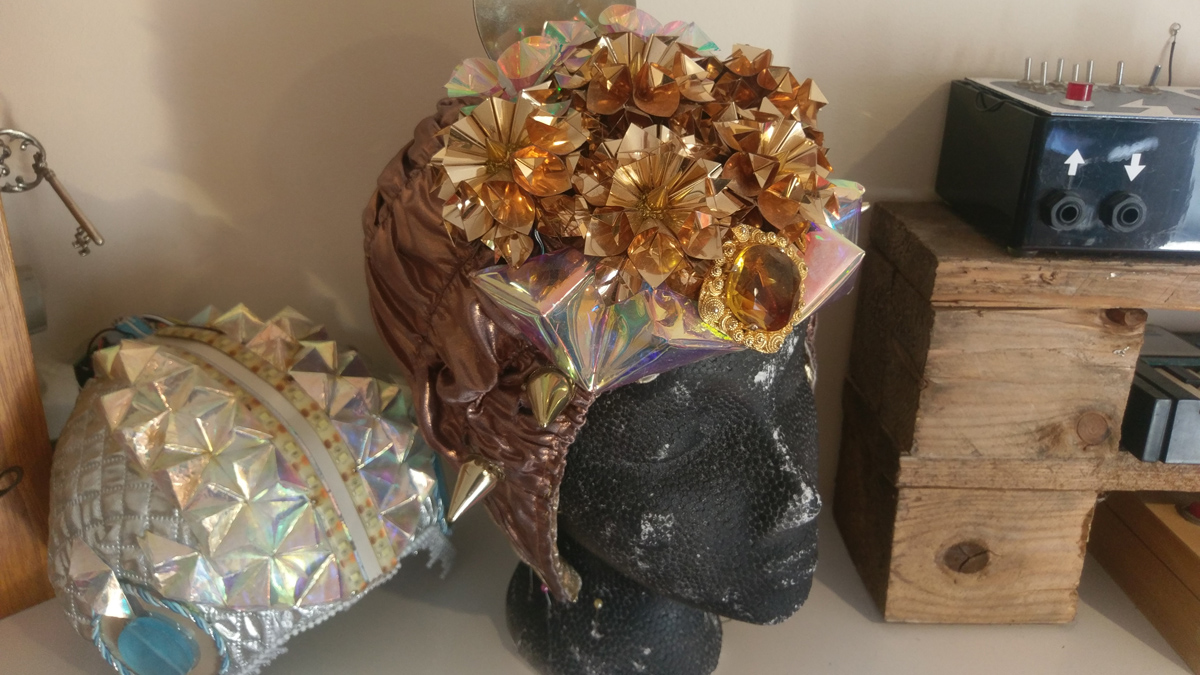
3. The Chromehatic
“This is an electronic instrument that I built in collaboration with a headwear designer called Jodie Cartman. It triggers sounds from a computer when the wearer touches any of the gold metallic objects on it and has an accelerometer in it, so when the wearer moves their head in different directions it changes the sound of their voice."
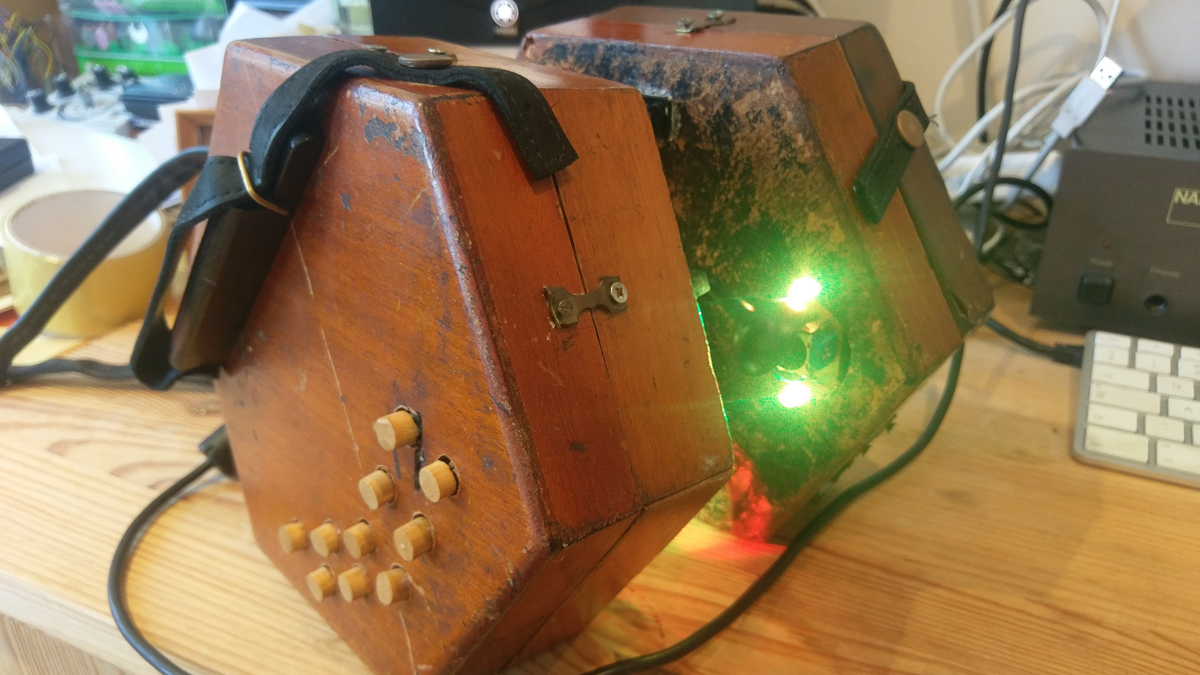
4. The Concertronica
“Probably my favourite self-designed and built instrument. I play the traditional concertina and wanted to see if I could build an electronic version. Instead of bellows it has strings on a pulley system that send the information back to my laptop.
“This is quite an old video of me explaining how it works.”
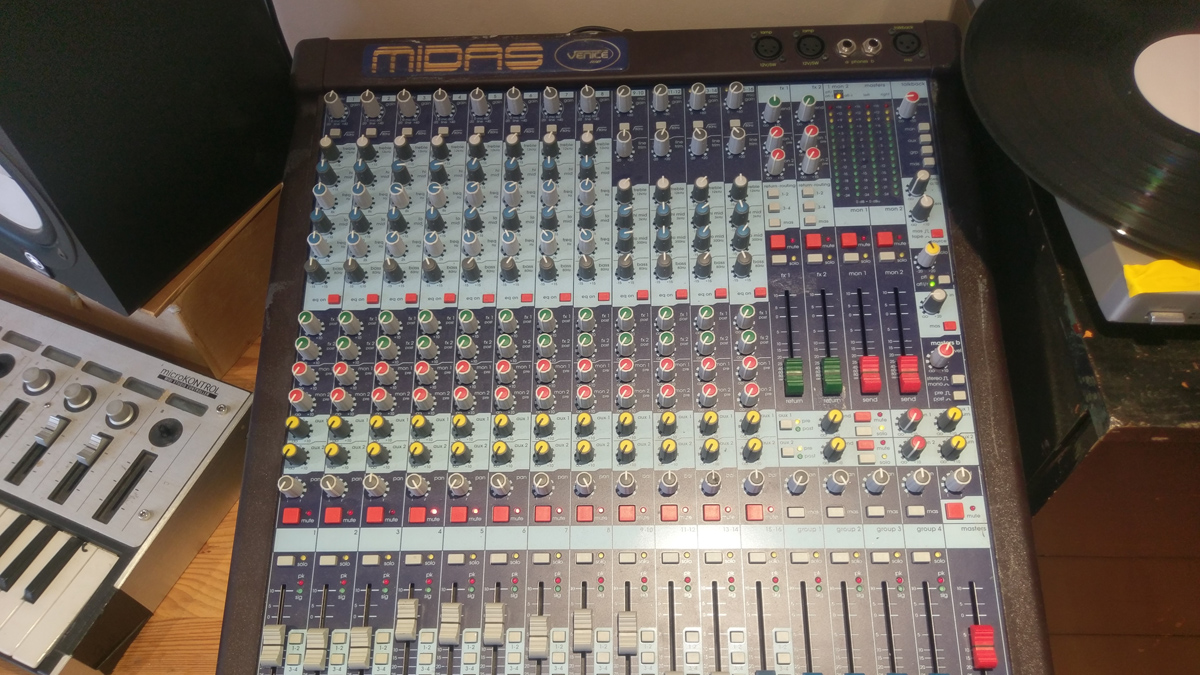
6. Midas desk
“Not the most interesting or exciting thing to include on this list, but an absolutely crucial addition to my studio. It allows you to do some pretty intricate routing of audio out to other bits of equipment and then back in for mixing.
“Before I got this I used to mix all my music ‘in the box’ of the laptop, but this totally changed my workflow and the sound is so much better for it.”
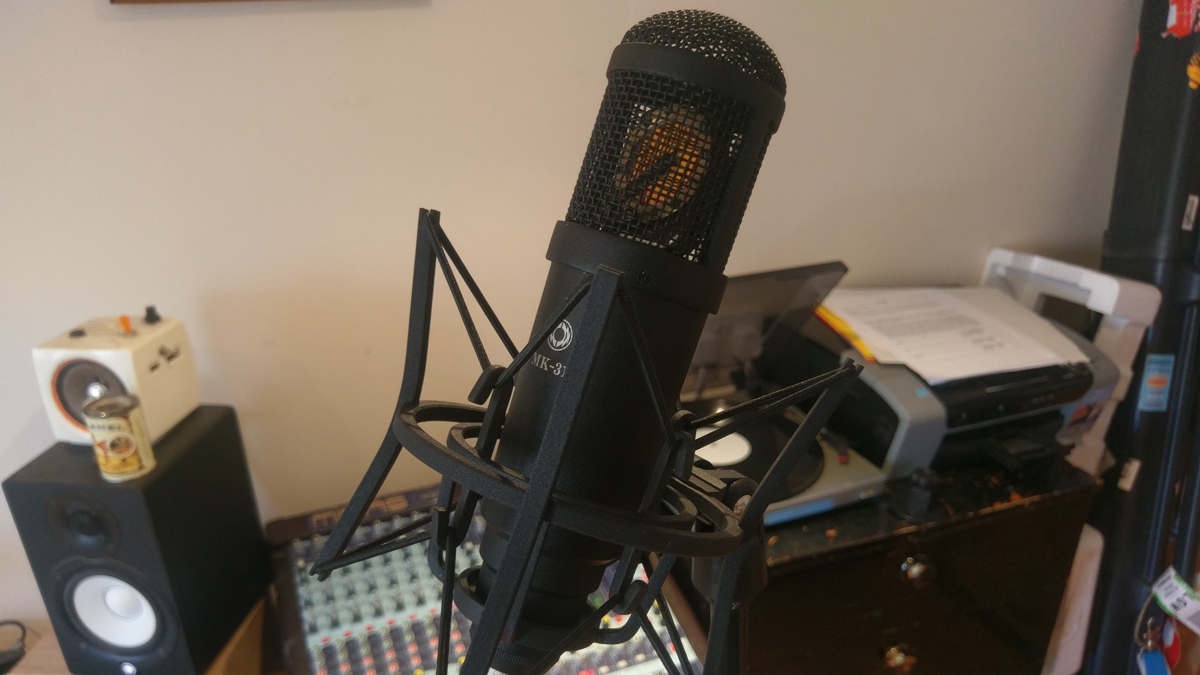
7. MK-319 mic (modded)
“It took me ages to get to the point where I was happy for my vocal to be at the front of my music. I used to hide it away under loads of FX and processing, but now it features heavily at the forefront.
“It then took me ages to find a microphone that I was happy with for my particular voice (that wasn’t going to break the bank!). The 319 is relatively very cheap, and there is a guy in the US who you send it to and he does a load of modifications and it comes back sounding like a much more expensive high-end mic.”
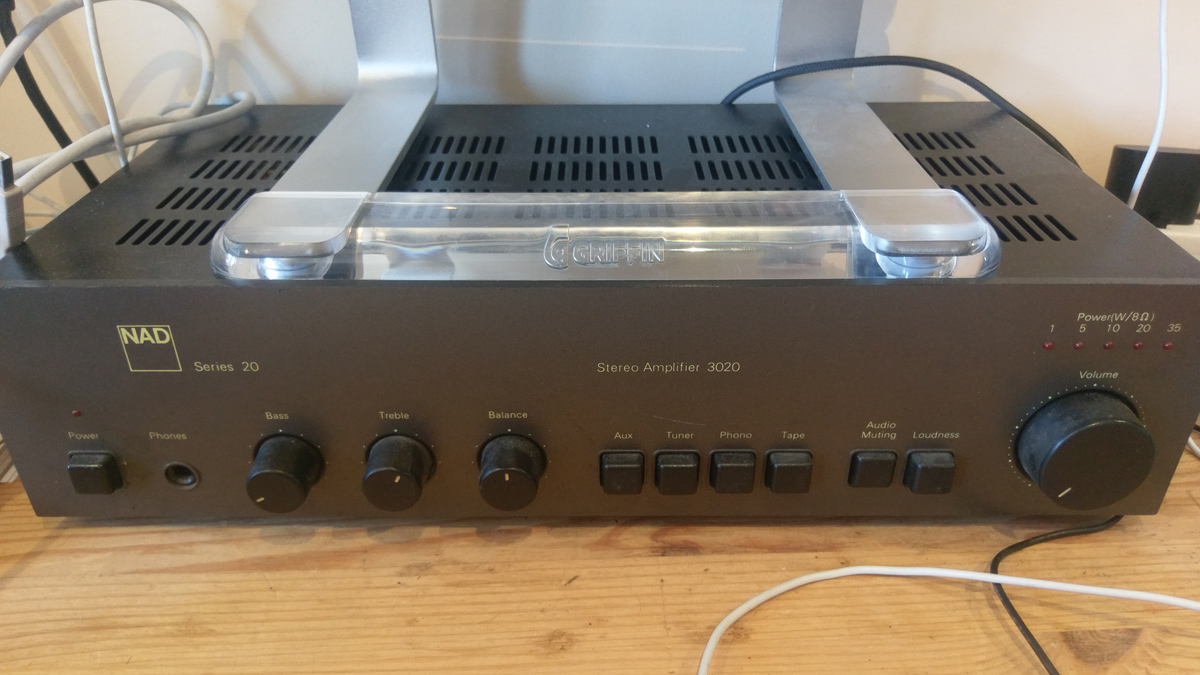
8. NAD 3020 amplifier
“A pretty bog-standard 1970s household hi-fi amplifier which I use for my secondary speakers in my studio so I can hear my mixes back on an alternative system.
“The reason why I love it is that I stole it from my Dad. It had been in our house growing up, and was the first piece of audio equipment that I ever heard recorded music through. I used to love slowing the records down and messing with the EQ, which turned out to be a real sign of things to come.”

I’m the Deputy Editor of MusicRadar, having worked on the site since its launch in 2007. I previously spent eight years working on our sister magazine, Computer Music. I’ve been playing the piano, gigging in bands and failing to finish tracks at home for more than 30 years, 24 of which I’ve also spent writing about music and the ever-changing technology used to make it.
